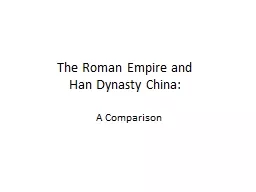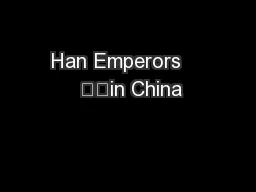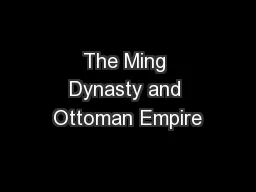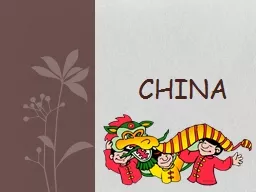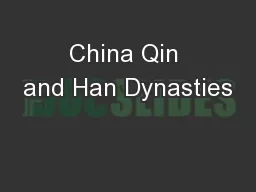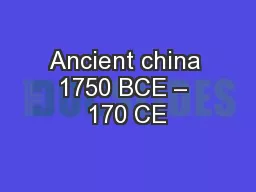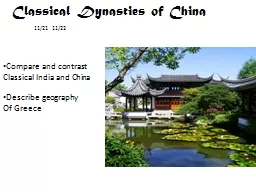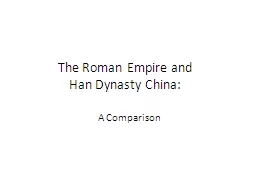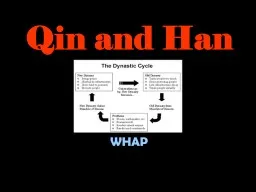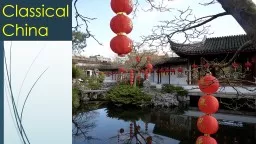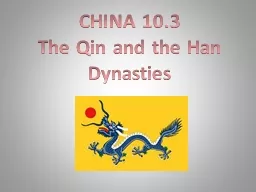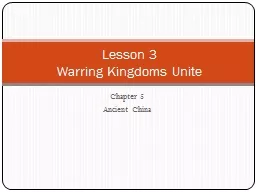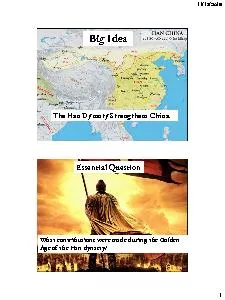PPT-The Roman Empire and Han Dynasty China:
Author : pasty-toler | Published Date : 2018-11-06
A Comparison Imperial Rome and Han China Both lasted approximately 400 years Both had populations of about 50 million Origins of empire Han China built on earlier
Presentation Embed Code
Download Presentation
Download Presentation The PPT/PDF document "The Roman Empire and Han Dynasty China:" is the property of its rightful owner. Permission is granted to download and print the materials on this website for personal, non-commercial use only, and to display it on your personal computer provided you do not modify the materials and that you retain all copyright notices contained in the materials. By downloading content from our website, you accept the terms of this agreement.
The Roman Empire and Han Dynasty China:: Transcript
Download Rules Of Document
"The Roman Empire and Han Dynasty China:"The content belongs to its owner. You may download and print it for personal use, without modification, and keep all copyright notices. By downloading, you agree to these terms.
Related Documents

